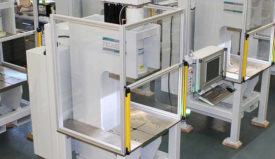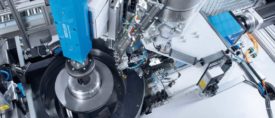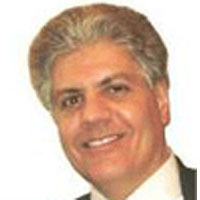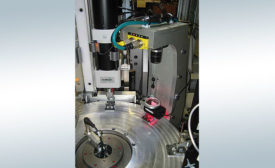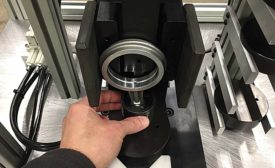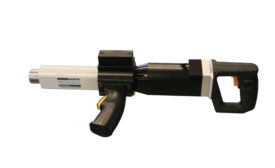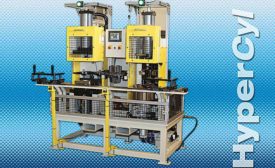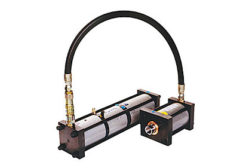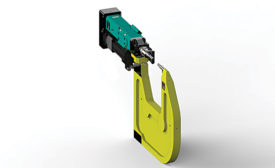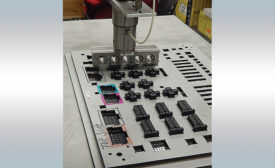Home » Keywords: » pneumatic presses
Items Tagged with 'pneumatic presses'
ARTICLES
Here’s a look at the most common mistakes made with presses—and how to avoid them.
Read More
Assembly Presses for Low-Force Applications
When a press application requires 1,000 pounds of force or less, manufacturers increasingly prefer an electromechanical servo press to a manual or pneumatic one.
September 3, 2021
Integrating Presses Into Assembly Systems
As the stand-alone, product-dedicated press becomes more obsolete, workcells and assembly lines with integrated presses are becoming more flexible and productive
September 9, 2019
Best Practices for Press-Fit Assembly
Parts of various sizes, shapes and materials are often assembled with an interference fit.
September 14, 2017
Assembly Presses
Handheld Servo Press Tops Lineup of New Press Technologies at ASSEMBLY Show
May 17, 2017
Assembly Presses for High-Force Applications
Applications requiring more than 10 tons of force pose unique challenges for press suppliers.
May 5, 2017
advertisement
How To Determine the appropriate press technology for high-force, high-speed applications.
March 7, 2016
Never miss the latest news and trends driving the manufacturing industry
Stay in the know on the latest assembly trends.
JOIN TODAY!Copyright ©2024. All Rights Reserved BNP Media.
Design, CMS, Hosting & Web Development :: ePublishing
